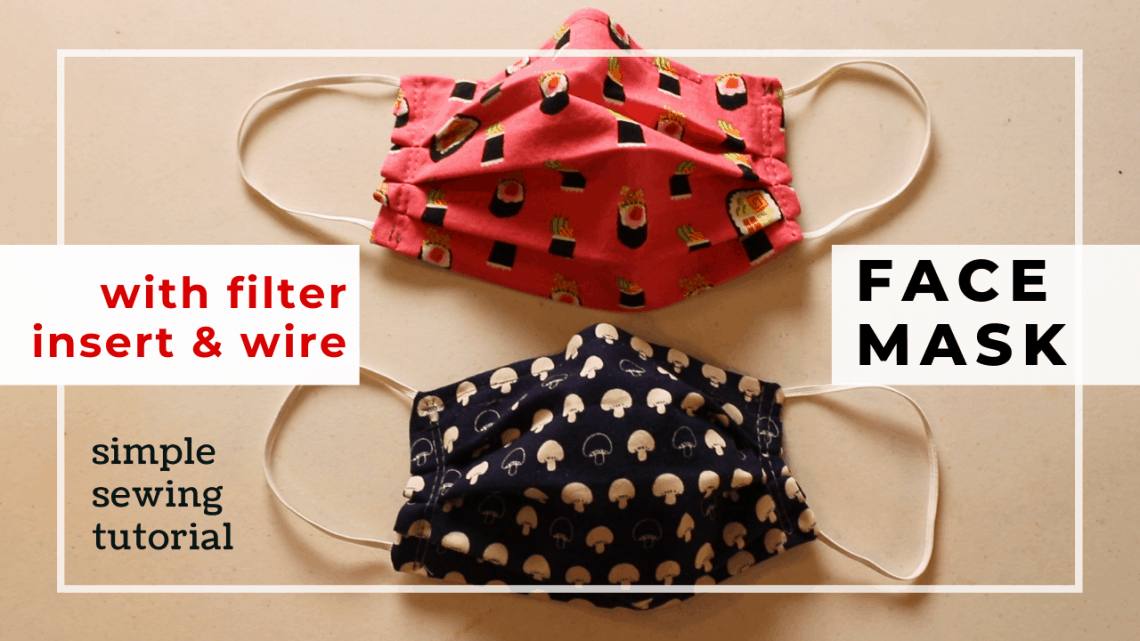
Simple face mask sewing with wire and filter insert opening
A facemask is not just useful for during the outbreak of coronavirus, it can protect you from everyday pollution, pollen, pet dander, and so on. If you have a seasonal allergy, easily get cold or flu, or living in a polluted city, you should get into the habit of wearing a mask during those times.
A disclaimer about the virus protection here. Most masks will not protect you 100%. It also depends on what types of filter inserts you use. Always consult a doctor if you have specific health concerns.
I come from Taiwan where everyone wears masks regularly. No one will give you a strange look. Even kids are required to bring boxes of masks as school supplies, even before the Coronavirus crisis. After the outbreak, the Taiwanese government started to manufacture masks (with the military force). Everyone gets free masks weekly and health professionals can get medical-grade masks. If nothing else, having access to masks is reassuring and empowering in a time of uncertainty.
Simple mask sewing patterns
Here are the 4 size patterns after some research and trial/error. Of course, you can adjust according to your preference. I try to keep it simple. So each pattern is a simple rectangle. It includes the seam allowance of around 1/4″, 3/8″, or 1 cm. It does not need to be exact to work.
Here is the pdf download of this pattern. It is not a full-size pattern, but you can draw up easily with a ruler. Click here to download the pattern.
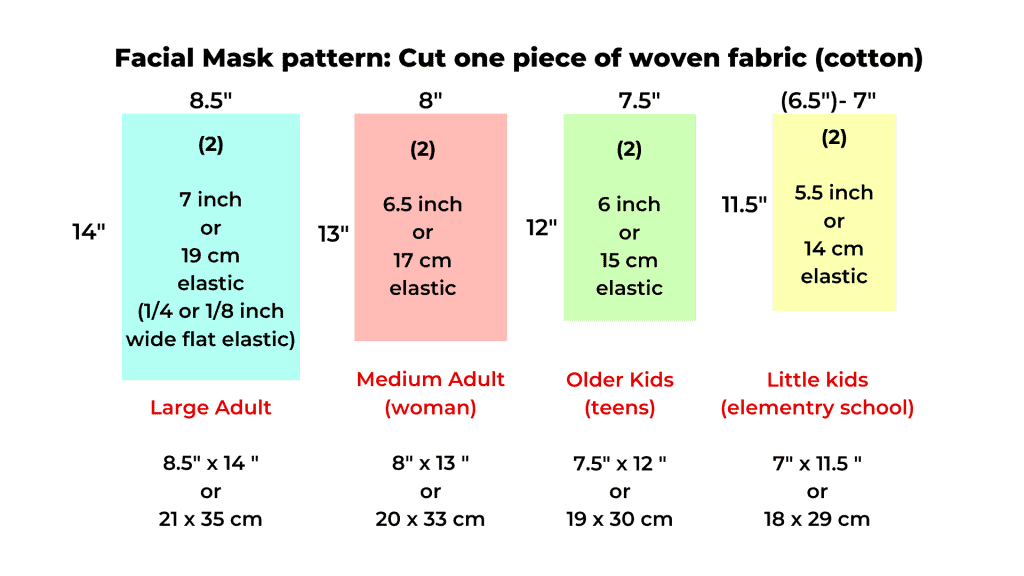
Materials
You need some cotton fabric. The cotton blend fabric is ok. Any old cotton shirt will work. T-shirt fabric is stretchy and might be difficult to sew on a regular sewing machine. Use a small zigzag stitch or a serger can help with sewing stretchy fabric. For beginners, woven cotton is the best choice.
Optional: a piece of wire for the shaping of the nose area to reduce the gap. I find twisty ties work very well. You can reuse the wire from disposable masks too. Just cut it out.
Filter insert: Most commercial mask filter inserts are out of stock by now. I can still find the air conditioner or vacuum filter in the HVAC section of the home improvement store. I found the Rheem brand AC filter. It comes with different FPR rating for a different level of efficiency. Level 10 FPR rating is the best (filters out the virus carriers). It does take me a while to separate the filter from the wire mesh.
Some people suggest using dried wet wipes because of the non-woven fabric. Do your research and see what is available around you.
You can just hand sew the project with a hand sewing needle and thread, or use any simple home sewing machine. It will be helpful to have pins, a ruler, a disappearing ink marker, and an iron.
A picture sewing tutorial for facial mask
The first thing is to cut the fabric. Refer to the size of the pattern chart. If you use fabric with a directional pattern, it should be placed vertically. (see picture or video below).
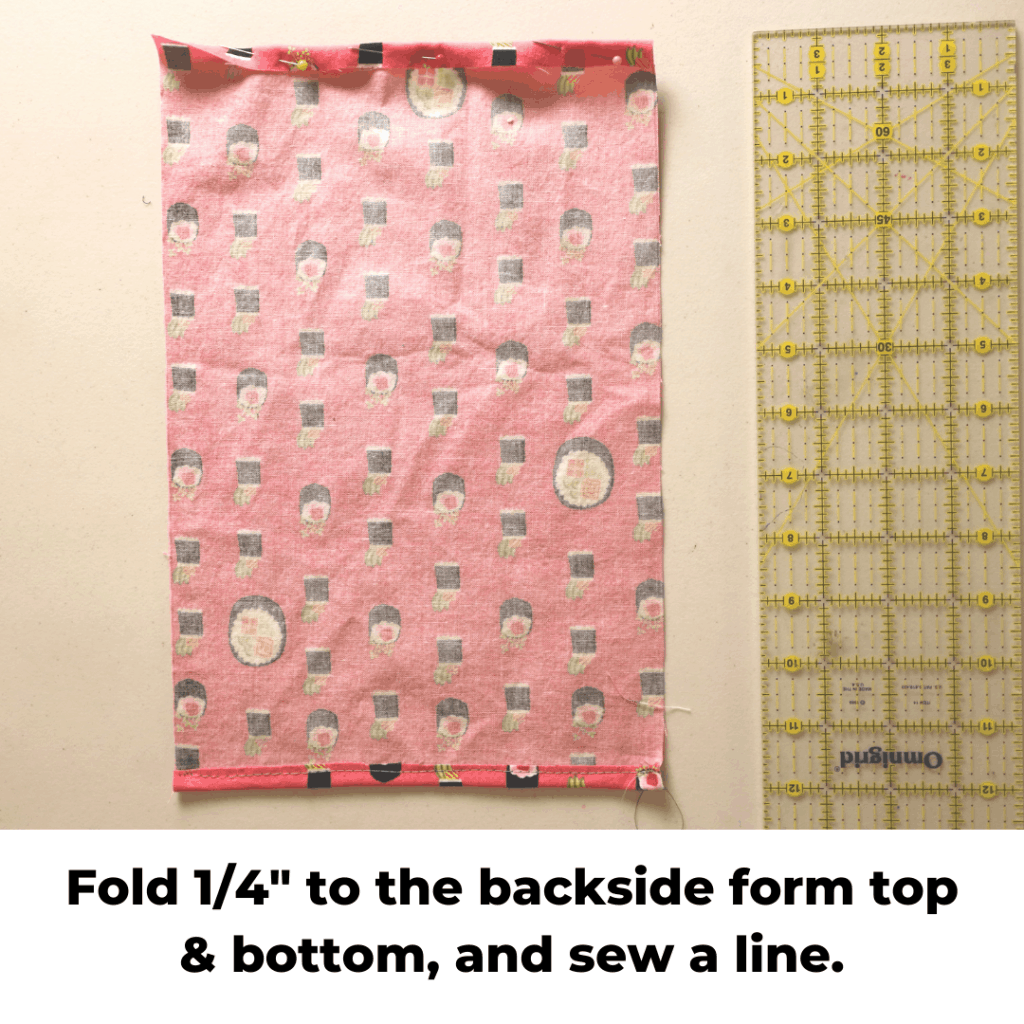
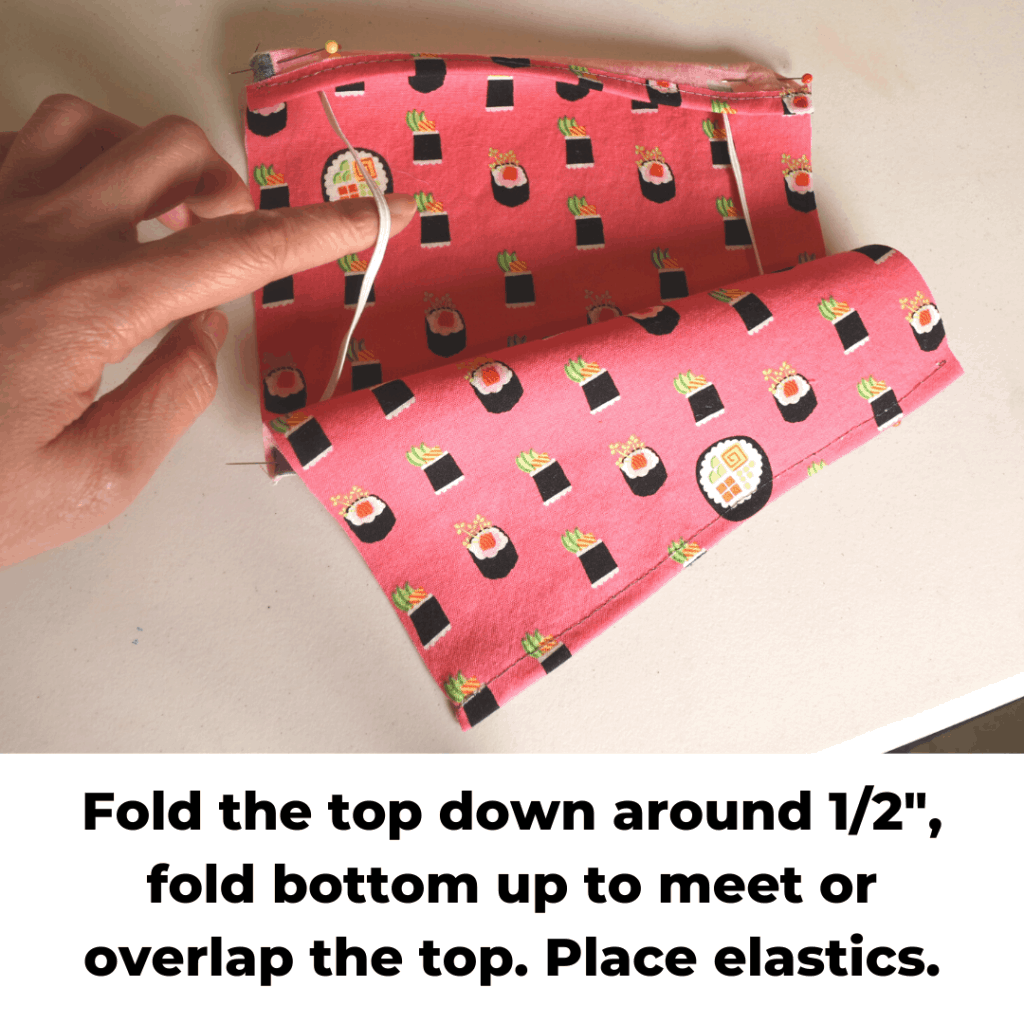
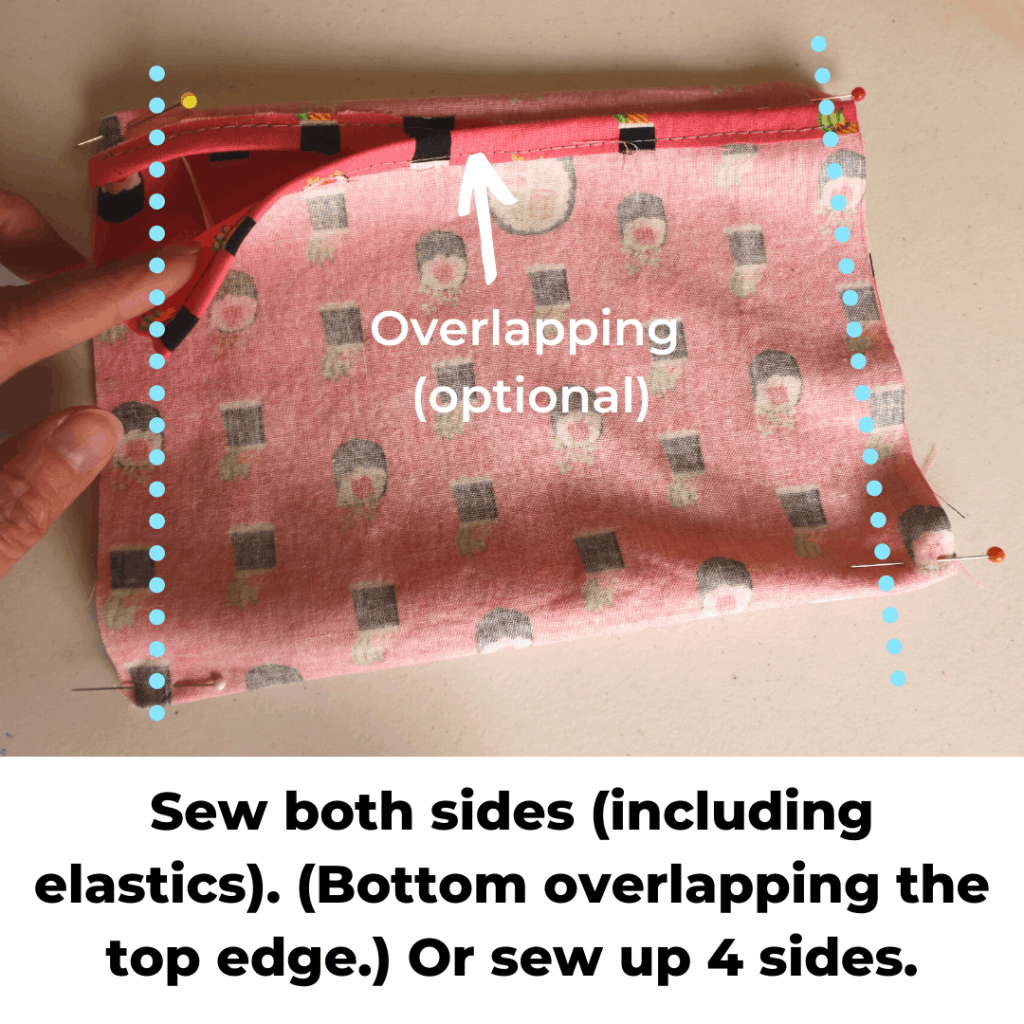
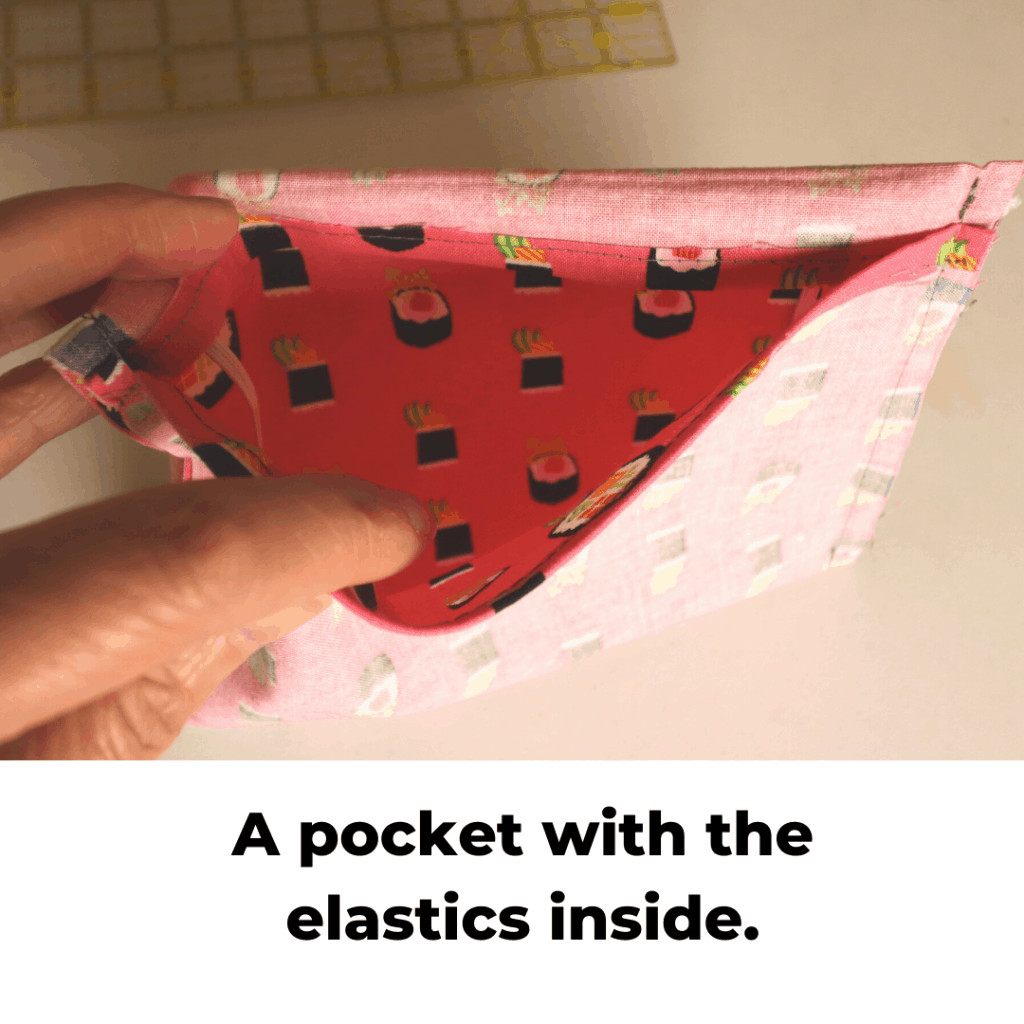
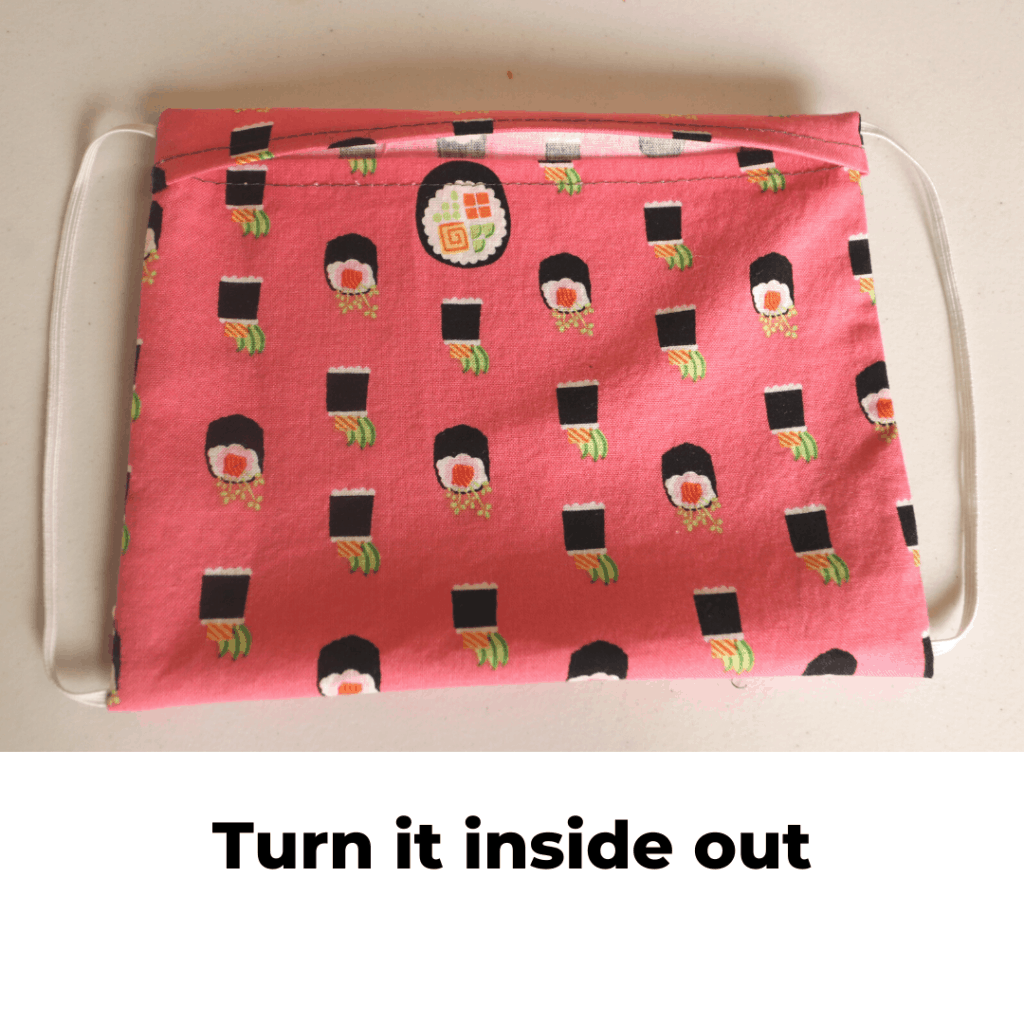

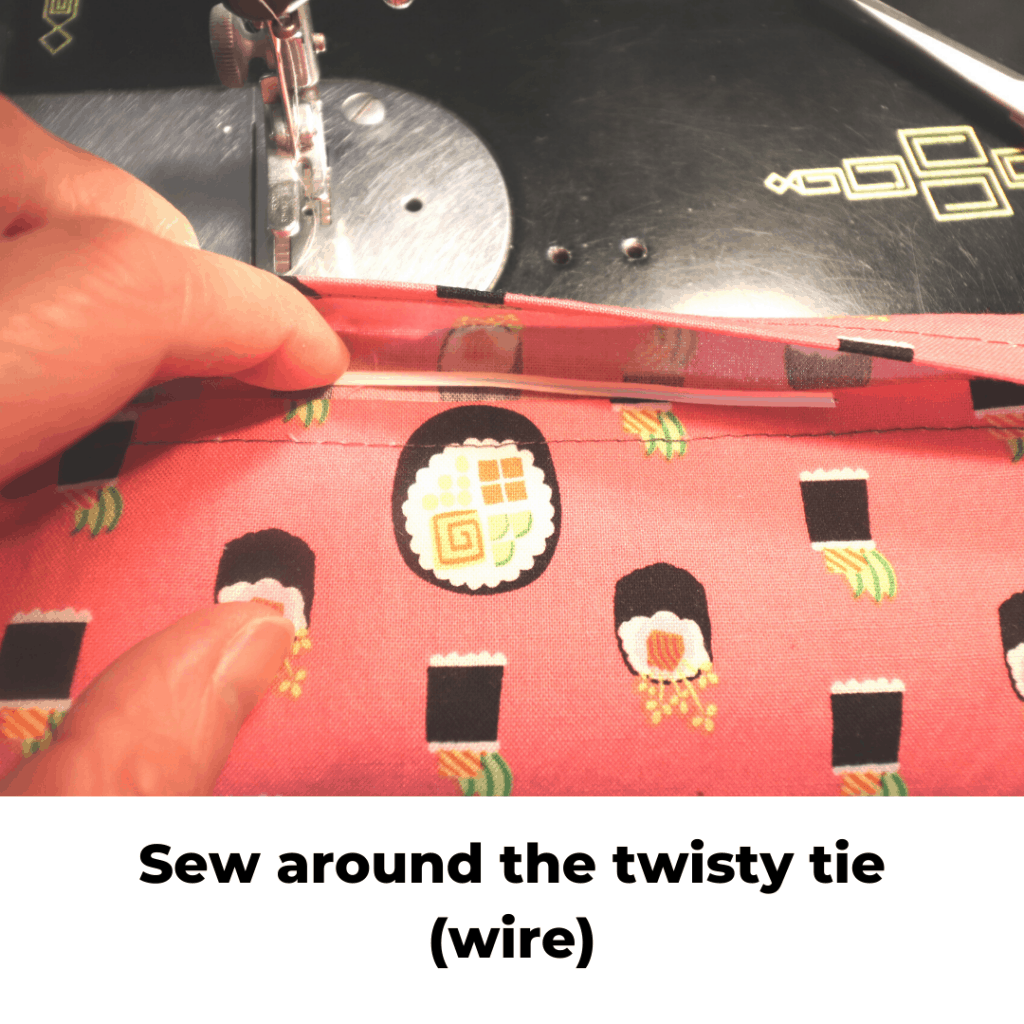
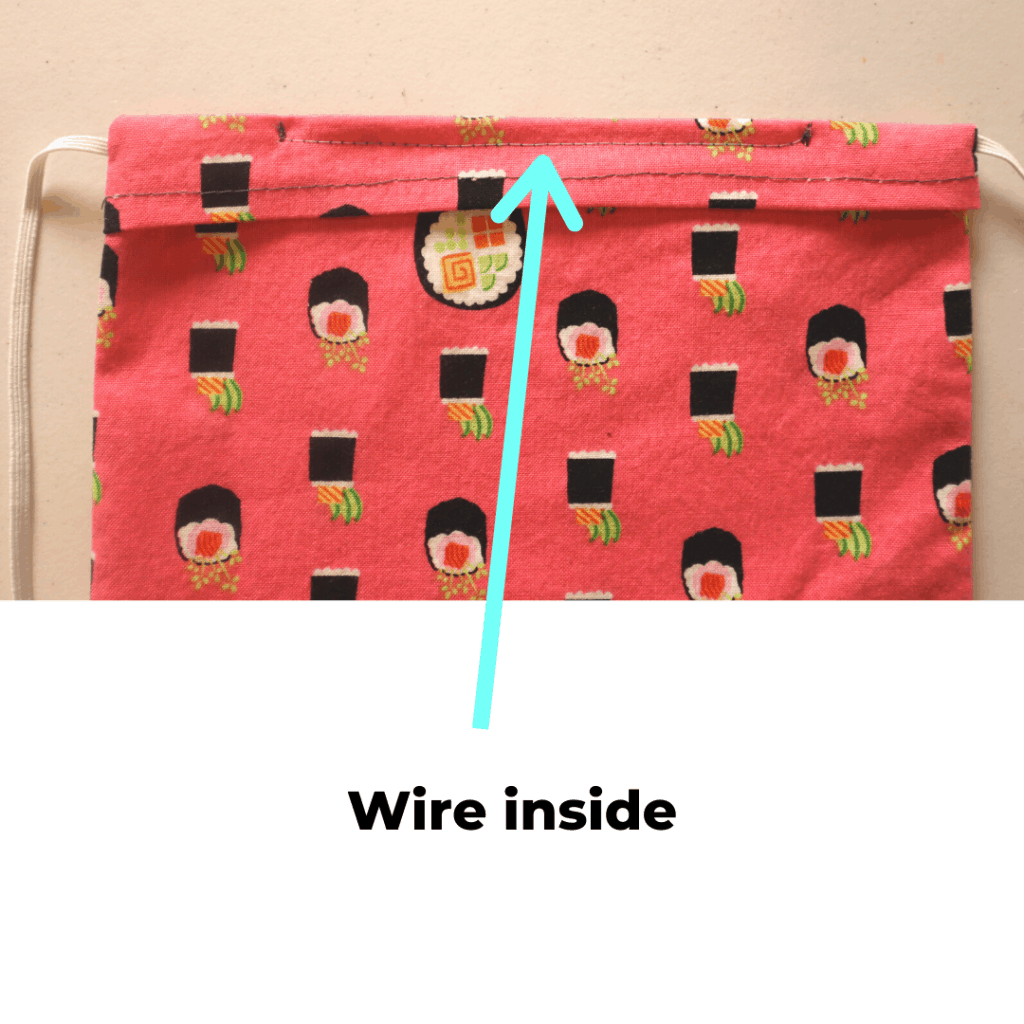
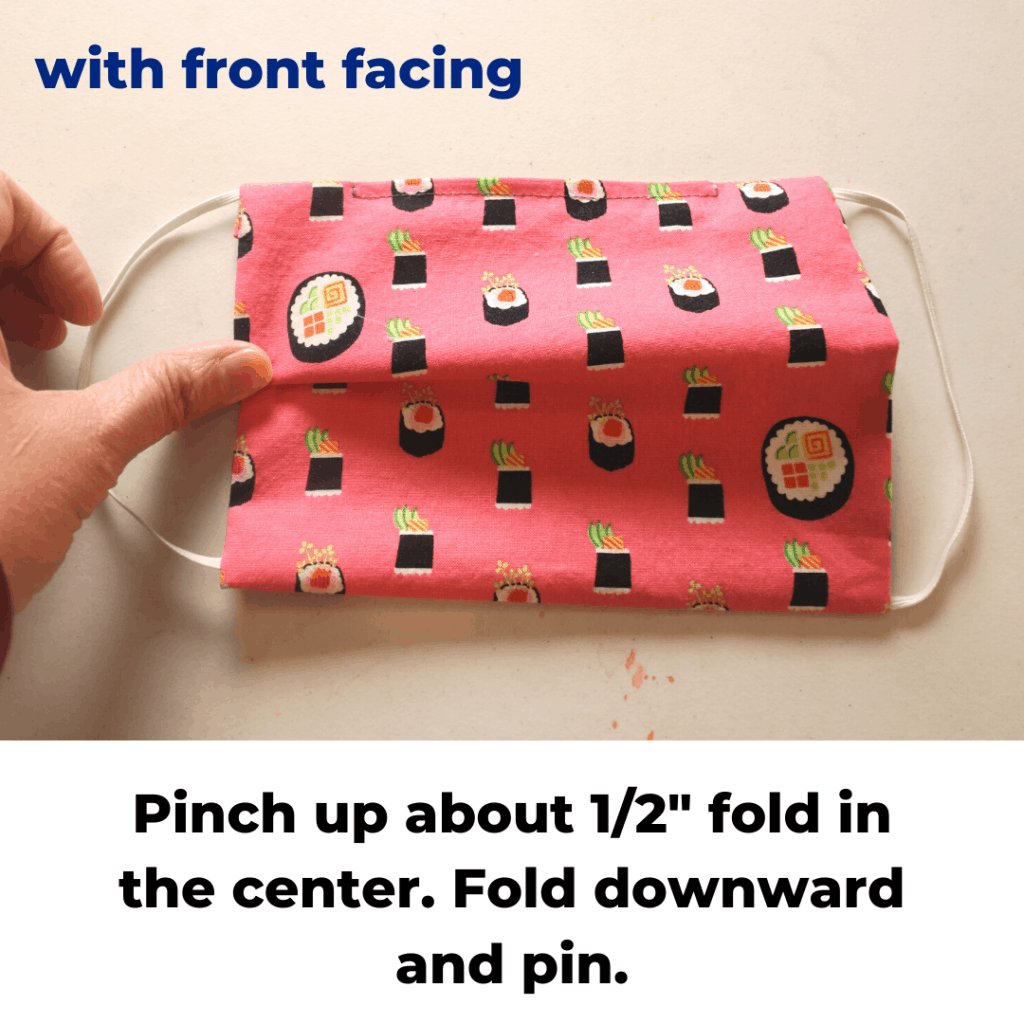

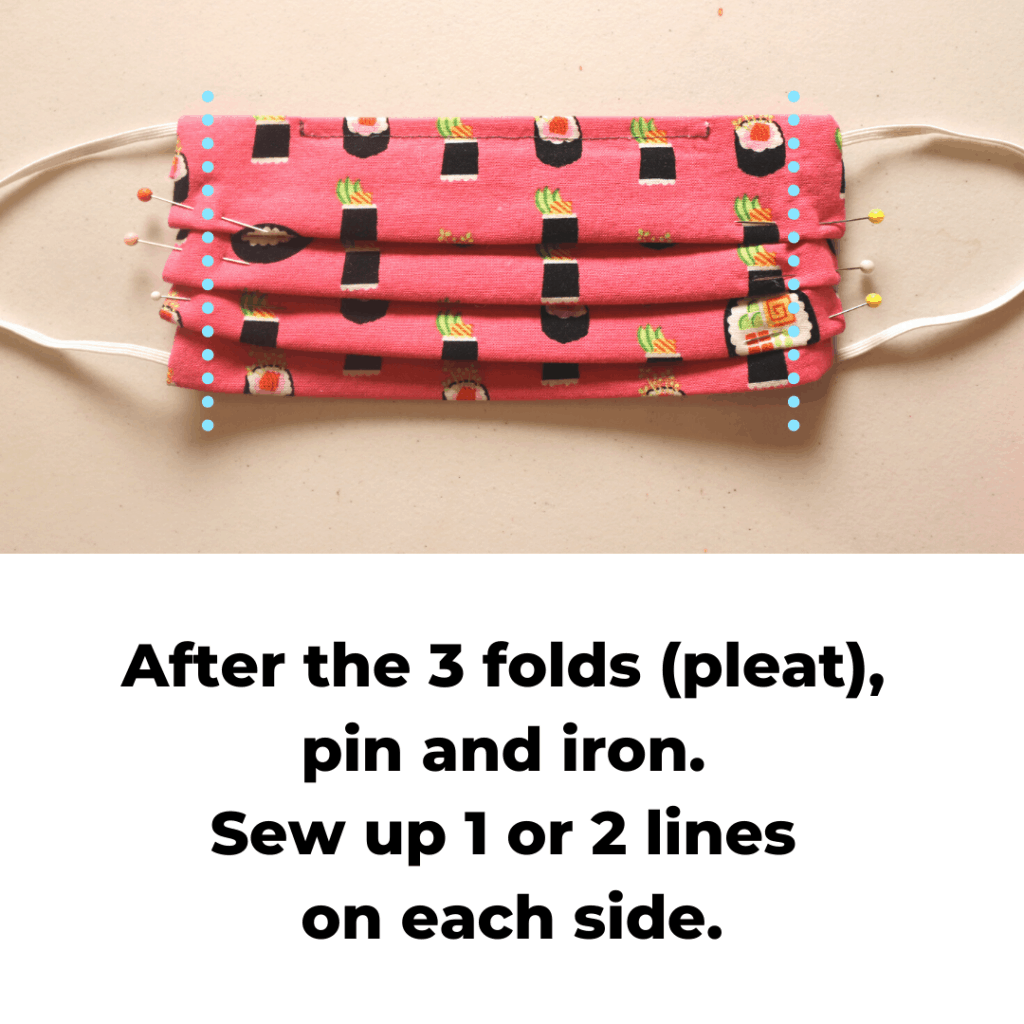
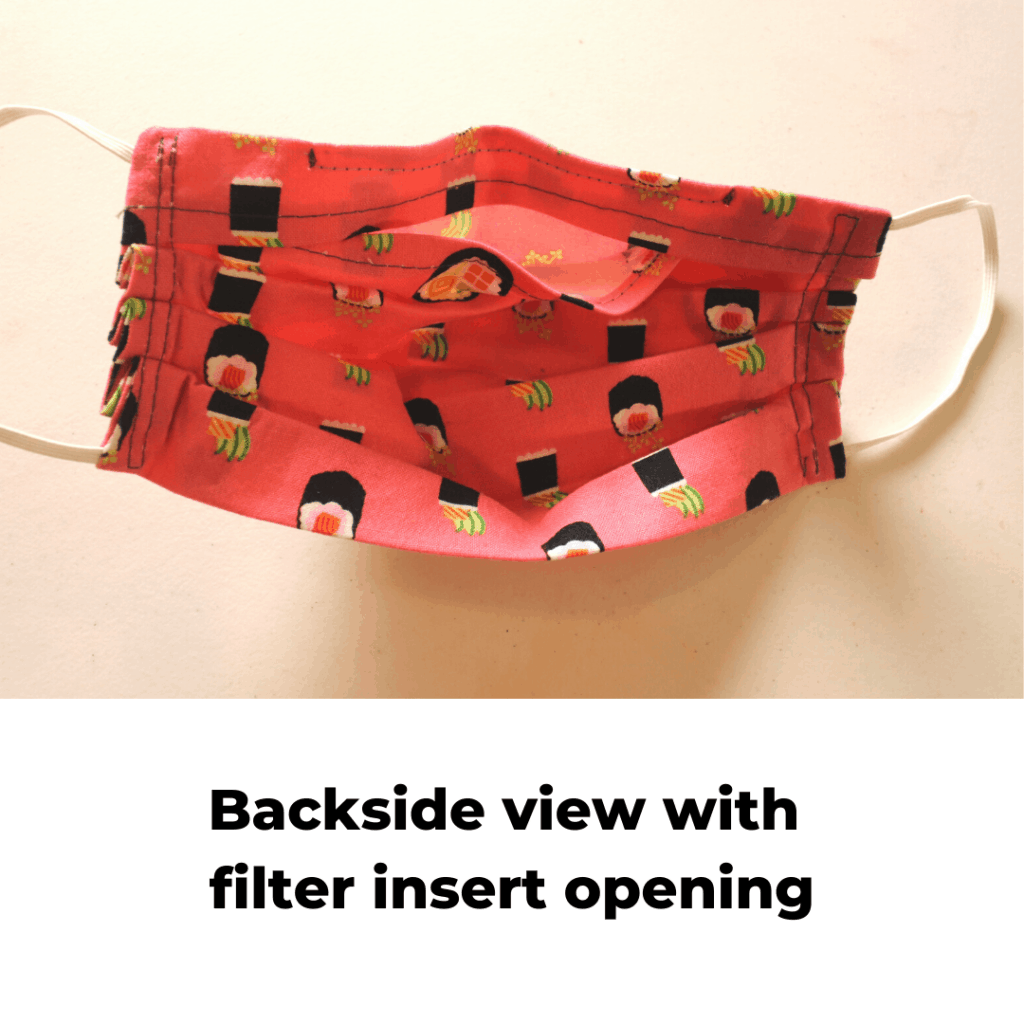
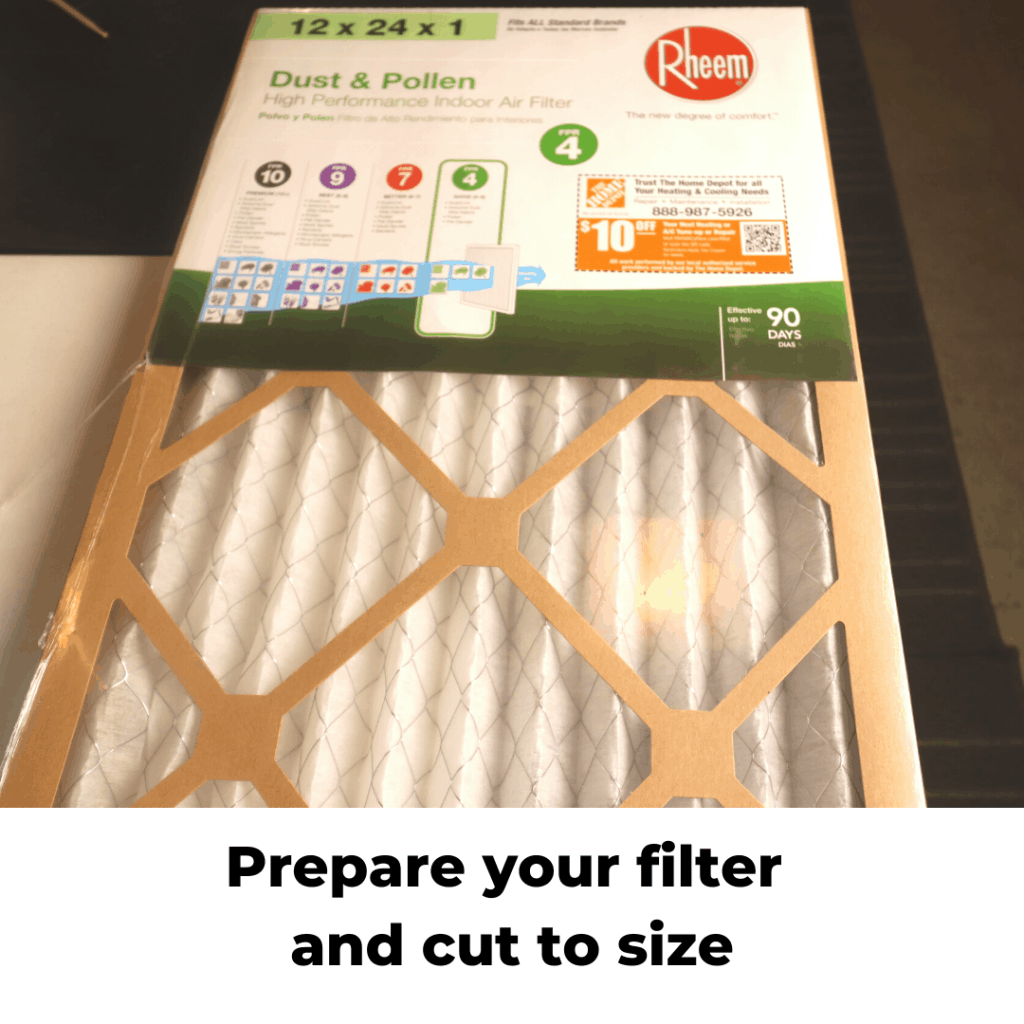
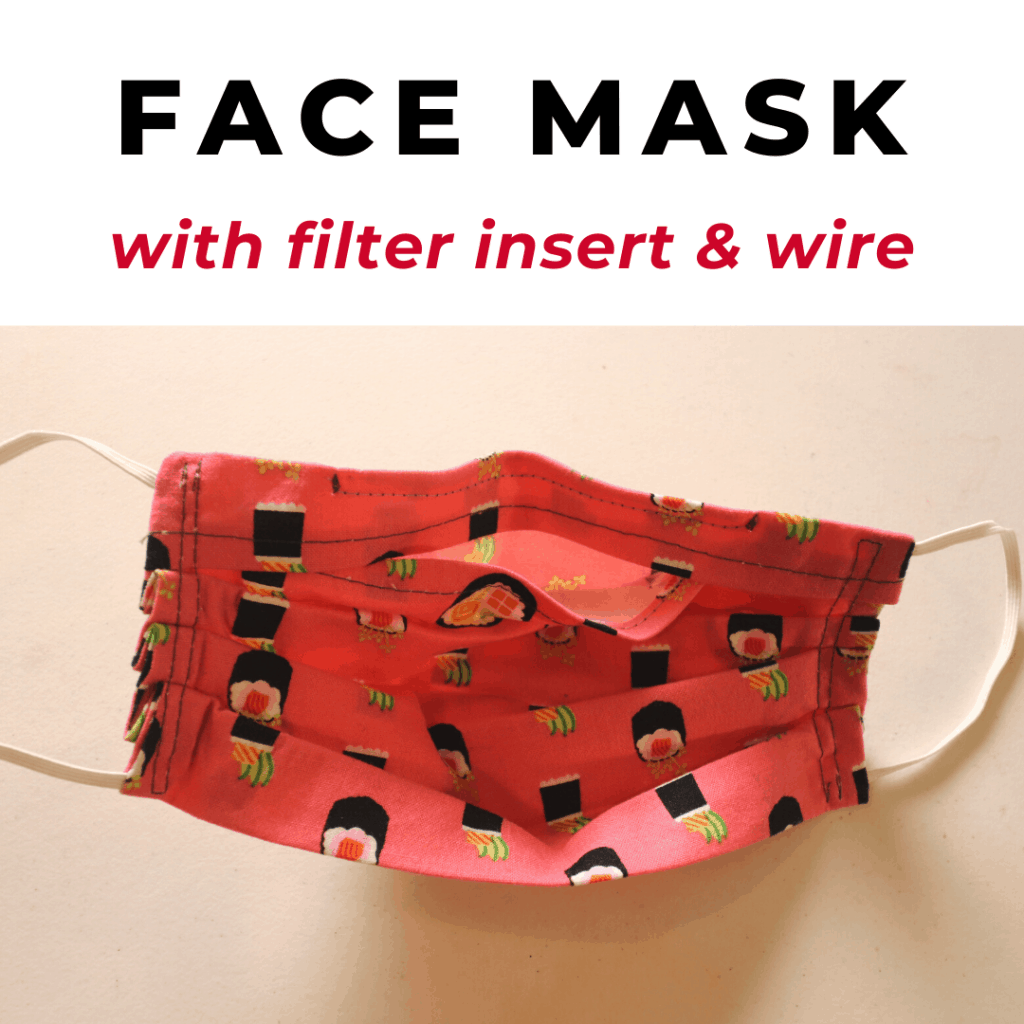
Watch the video about the mask sewing tutorial
Don’t forget to download the free pdf pattern here!



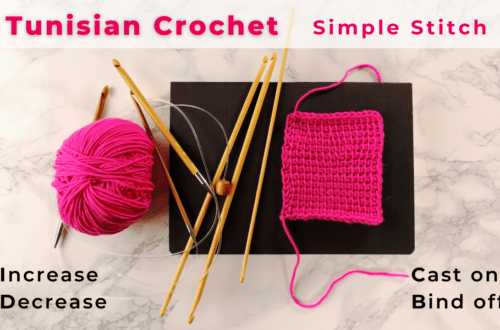

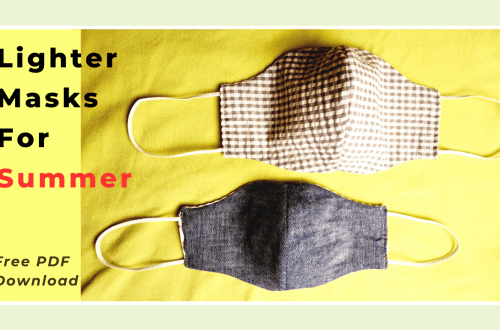
22 Comments
Jane
Thanks for the pattern! Great instructions.
Alli W
I keep thinking about the wire in a mask, would it not rust after washing or have you made a pocket for removal before washing.
Tien
When you sew the wire channel, you can leave one side open so you can take the wire out before washing it you are worried. Depending on what type of wire you use, some might rust if washed a lot. I am not very sure. I use a “twisty tie with plastic covering (over the wire)” and it seems ok to run through washing machine so far. If the wire is for outdoor gardening, it should be rust-free too. But you can always take out the wire before washing and place it back to the channel when in use.
Joan
What length of elastic?
Tien
The elastic length is about 6-7 inches for adult or 5-6 inches for kids. The pattern diagram shows the length too. It is for reference only. 6.5″ seems a good average adult size. You will need 2 pieces of elastic for each mask. If the elastic is too long, you can always tie a knot at the end.
Tien
7 inches (19cm) for large adult, 6.5 inches (17cm) for medium adult, 6 inches (15cm) for older kids, and 5.5 inches (14 cm) for little kids. It is only for reference. If you run out of elastic, you can cut up a T-shirt (cut about 4 of the 1 x 12 inches strips, they don’t fray so there is no need to finish the edges) or use 4 ribbons on 4 corners to tie knots at the back of the head.
Patricia Campion
This is the easiest, most efficient and productive mask tutorial I have seen! Thank you for taking the time to share this!
Willa Underwood
This was just what I have been looking for.
A mask with the wire for nose and pocket for filter. Thank you
Tien
Glad it can help.
Barbara L Heninger
What’s the best size for the filter piece?
I have to use old tea towel pieces because I can’t go shopping (I’m old). 🙂
Thank you!
Tien
The average mask filter area is around 6 x 3.5 inches. It should be big enough to cover your nose and mouth, but small enough to fit inside your mask. I heard the paper towel is a good alternative. Some people use a coffee filter or 2 layers of facial tissues.
Elsa
Thank you so much for providing this face mask tutorial. Your directions were clear enough for a novice sewer like me!
Julie
Hi from Québec!
I want to thank you for your tutorial.
We don’t usually wear mask here. Since the virus hit our country we can’t find them anywhere and our government didn’t want to recommend us to use them because they didn’t had enough for hospital staff. We have to buy them, when we find some in stores. Or sewing our masks.
I made one for my hubby following your tutorial. It was clear and easy. I will use your pattern too. I need to sew masks for my kids too because it’s like it doesn’t exist for them.
I have a question. How much masks should I sew to each member of my family? I have no idea.
Thank you again!
Tien
Hi,
I will start with 2 masks per person so you can rotate when one is in wash. We can make more later when we have time. It depends on how often you go out to places. I like to wash mine every day. If you have more, you don’t need to wash as often and there is always extra for backup. We are still in lockdown here in New York so the only trip is to the supermarket. I will prepare 3 to 5 masks for each person just to have extra handy and less laundry.
Sheila
Excellent tutorial, thank you for sharing!
Michelle
If you use furnace filter how does that was up? And doesn’t the iron melt it?
Tien
Always take out any filter insert before washing and ironing. Filters should be changed frequently (maybe daily) anyway. If you are talking about the nose wire, it is ok to leave it in the mask for washing and ironing. I don’t think the iron will melt the wire. But again, depending on what kind of wire you use. Some twisty tie has colored paper covering. The color might bleed in the wash.
Lynsey
Hi Tien,
Thank you so much for this brilliantly concise pattern and tutorial! I am from England and as I have a sewing machine lots of my family and friends have asked me to make masks for them & I really didn’t know where to begin!
I also love your voice.. it’s so relaxing! 🙂
Stay safe & well x
Tien
Thank you for the nice comment. Stay safe and healthy!
leptoconnect review
An outstanding share! I’ve just forwarded this onto a colleague who had been doing a little research on this. And he in fact bought me lunch due to the fact that I stumbled upon it for him… lol. So allow me to reword this…. Thank YOU for the meal!! But yeah, thanks for spending some time to discuss this topic here on your website.
Kristina
After trying 4-5 different patterns this one is my favorite. Thank you for sharing it with everyone.
Leslie
I just wanted to thank you so much for posting this pattern and video, I have not sewn in a very long time and this pattern is straight forward and easy to follow , I’m going to make a whole bunch this afternoon